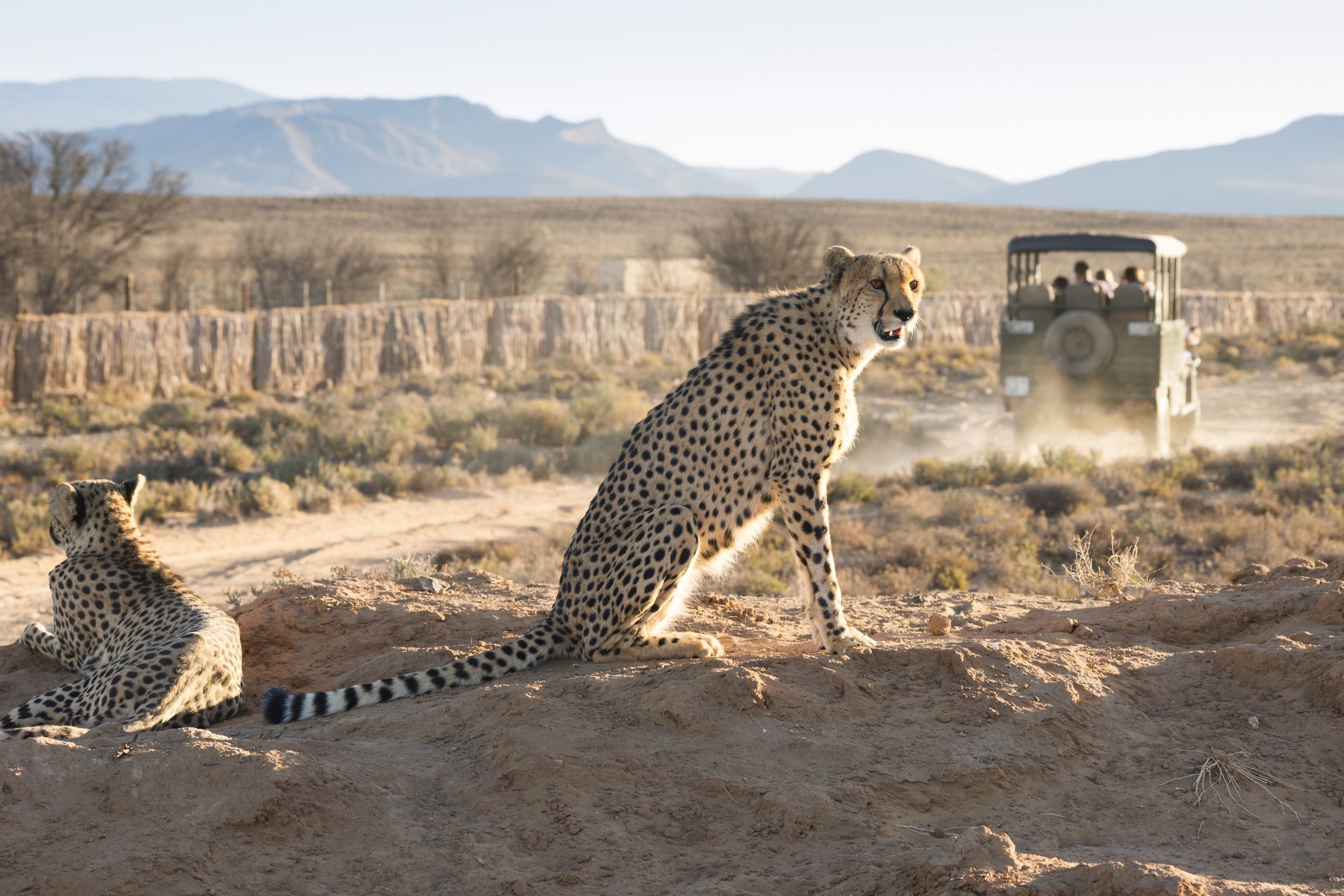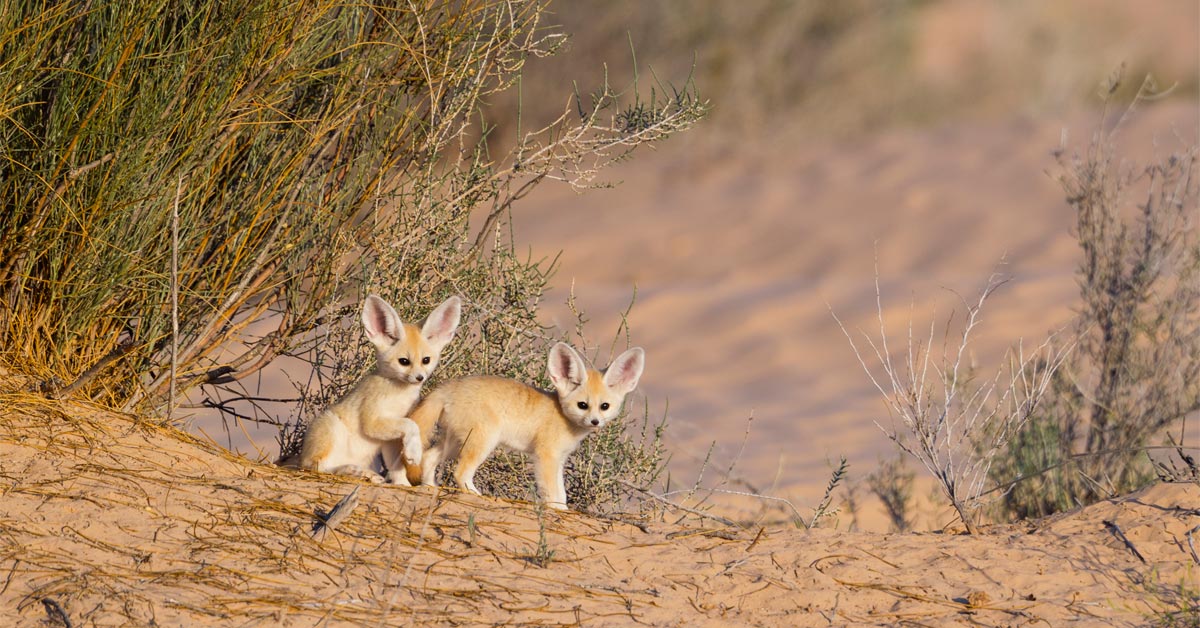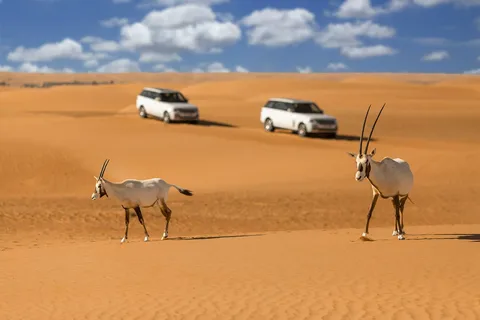Embarking on a wildlife spotting adventure is one of the most captivating experiences nature enthusiasts can undertake.Encountering wildlife in natural habitats thrills both seasoned travelers and novices, fostering a profound connection and appreciation for Earth’s diverse species.
Planning Your Wildlife Spotting Adventure
Wildlife Spotting in the African Savanna
One of the most iconic destinations for wildlife is the African savanna. Serengeti’s vast plains host the Great Migration of wildebeest, zebras, and gazelles. This awe-inspiring spectacle is a dream come true for wildlife enthusiasts, offering unparalleled opportunities for wildlife. Observing predators like lions, cheetahs, and leopards in their natural habitat, stalking their prey with grace and precision, is an experience that leaves a lasting impression.
In addition to Africa, the dense rain forests of the Amazon Basin in South America provide an entirely different yet equally mesmerizing wildlife experience. The Amazon rain-forest is home to an astonishing array of species, many of which are found nowhere else on Earth. Spotting elusive creatures such as jaguars, sloths, and vibrant macaws requires patience and a keen eye. Guided tours led by experienced naturalists enhance the spotting experience, as they share their knowledge of the ecosystem and increase the likelihood of memorable sightings.
North America’s National Parks: Wildlife Spotting Wonders
For those seeking a more temperate climate, the national parks of North America offer exceptional spotting opportunities. Yellowstone hosts iconic grizzly bears, wolves, and bison in three states. The park’s geothermal features, including geysers and hot springs, add an extra layer of intrigue to the wildlife adventure. Observing a pack of wolves on the hunt or a grizzly bear fishing for salmon in a pristine river exemplifies the raw beauty and power of nature.
Wildlife spotting is not confined to terrestrial environments; marine ecosystems also offer extraordinary encounters. The Great Barrier Reef in Australia, the world’s largest coral reef system, is a hotpot for marine wildlife. Snorkeling or diving in its crystal-clear waters reveals a vibrant underwater world teeming with colorful fish, majestic sea turtles, and graceful manta rays. The thrill of swimming alongside these magnificent creatures is an unforgettable highlight of any wildlife journey.
The Importance of Conservation in Wildlife Spotting
Preserving ecosystems ensures wildlife success; conservation and responsible tourism protect endangered species and natural environments. Supporting wildlife conservation organizations enhances the sustainability of spotting experiences for future generations.
Environmental Stewardship Through Wildlife Spotting
Wildlife spotting also fosters a sense of environmental stewardship among participants. Witnessing the intricate interplay of species and their habitats underscores the importance of preserving biodiversity. Many individuals who engage in spotting develop a lifelong commitment to conservation, advocating for policies that protect natural resources and promote sustainable practices.
Economic Benefits of Wildlife Spotting
The benefits of wildlife extend beyond personal enrichment. Local communities often benefit economically from Eco-tourism, as wildlife attracts visitors from around the globe. This influx of tourism revenue can support conservation initiatives, infrastructure development, and education programs, creating a positive feedback loop that benefits both wildlife and human populations.
Preparing for Your Spotting Adventure
To maximize the wildlife experience, preparation is key. Equip yourself with essential gear such as binoculars, a high-quality camera, and appropriate clothing for the environment. Research the best times of year to visit your chosen destination, as wildlife activity can vary seasonally. Hiring a knowledgeable guide can significantly enhance your spotting adventure, providing insights and increasing the likelihood of encountering elusive species.
Conclusion
Wildlife spotting is a profound and exhilarating adventure that connects individuals with the natural world in meaningful ways. Exploring savannas, rain-forests, parks, or reefs, wildlife observation in natural habitats is thrilling. Responsible tourism and conservation efforts ensure wildlife spotting remains cherished for future generations. So, pack your binoculars, camera, and sense of wonder, and embark on a wildlife journey that will leave you with memories to treasure for a lifetime.





